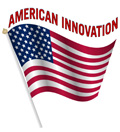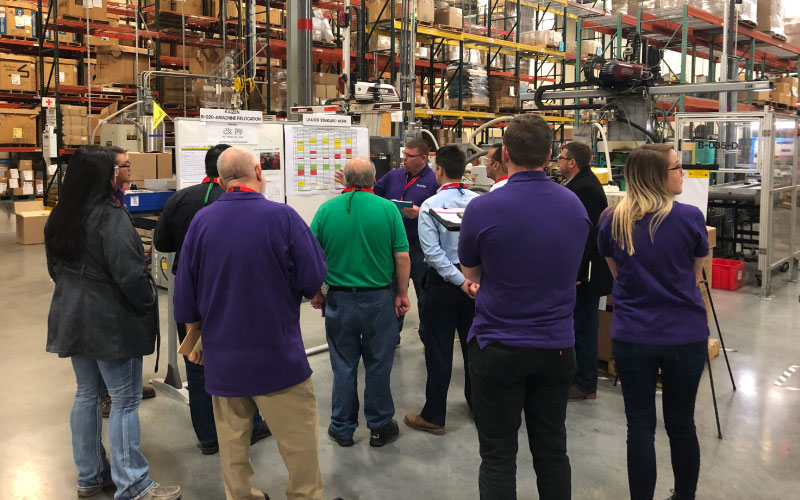The PPAP, or Production Part Approval Process, presents an opportunity for manufacturers and suppliers to create initial trust with customers before a part is ever produced. That’s because the purpose of the PPAP is building confidence through outlining clearly defined specifications and guidelines for part quality, establishing a repeatable process that maintains consistency for every part in a production run. This helps the manufacturer showcase how they identify, account for, and mitigate risk, as well as marking clear parameters for success upfront, with extensive documentation for proof.
What is a PPAP and Why the PPAP is Necessary?
Originally designed for use in the aerospace and automotive industries, the Production Part Approval Process provides standardized guidelines around the manufacturability of a part, specifying if it can be consistently produced at defined production rates during routine production runs. As Bob Acerrano, Quality Manager for Hansen Plastics sums it up, “the PPAP is designed to demonstrate compliance with the part and/or the customer specifications. The PPAP should prevent unapproved or defective parts from getting to the customer.” Not only does the PPAP help prevent defects and promote quality, but it also creates a clear channel of communication between the manufacturer and the customer, defining quality and success in the process in clear terms, and ensuring that both parties are in agreement with the steps of the manufacturing process before production begins.
What Does the PPAP Include?
The PPAP is not actually one document, but rather several documents contained in a binder or package. The actual contents of the PPAP binder vary slightly, as there are four PPAP levels, each requiring different documentation. All PPAP binders or packages will contain a Part Submission Warrant (PSW), which acts as both a summary of the overall PPAP, and as a general approval document. A PPAP binder also generally contains the following:
- Design records
- Authorized engineering change documents
- Customer engineering approval
- Design FEMA
- Process flowchart
- Process FEMA
- Control plan
- MSA (Measurement System Analysis)
- Dimensional Results (FAI)
- Records of material / performance tests
- Initial process studies
- Qualified laboratory documentation, such as lab certification and accreditation
- Appearance Approval Report (AAR)
- Sample production parts
- Master Sample
- Checking aids
- Customer specific requirements
When is a PPAP Required?
A PPAP is required anytime there is a new part submission, or for approval to change or update an existing part or process. Because of the complex nature of the PPAP documentation, it’s imperative that the process being used is fine-tuned for consistency to adapt as necessary and retain the high standard of quality required to fulfill the PPAP guidelines. At Hansen Plastics, utilizing decoupled molding allows for molds to be transferred between machines while keeping process variables consistent. After completing the transfer, and adjusting the parameters, the process is able to continue producing parts in compliance with the PPAP.
Producing quality parts consistently, while meeting or exceeding customer expectations, is a primary function at HPC. By negotiating, preparing, and complying with PPAPs, Hansen Plastics is able to forge lasting customer relationships built on trust in quality and consistency. For more details on the technologies and techniques Hansen Plastics utilizes, visit HansenPlastics.com, and for more details on producing parts with HPC, reach out today.



